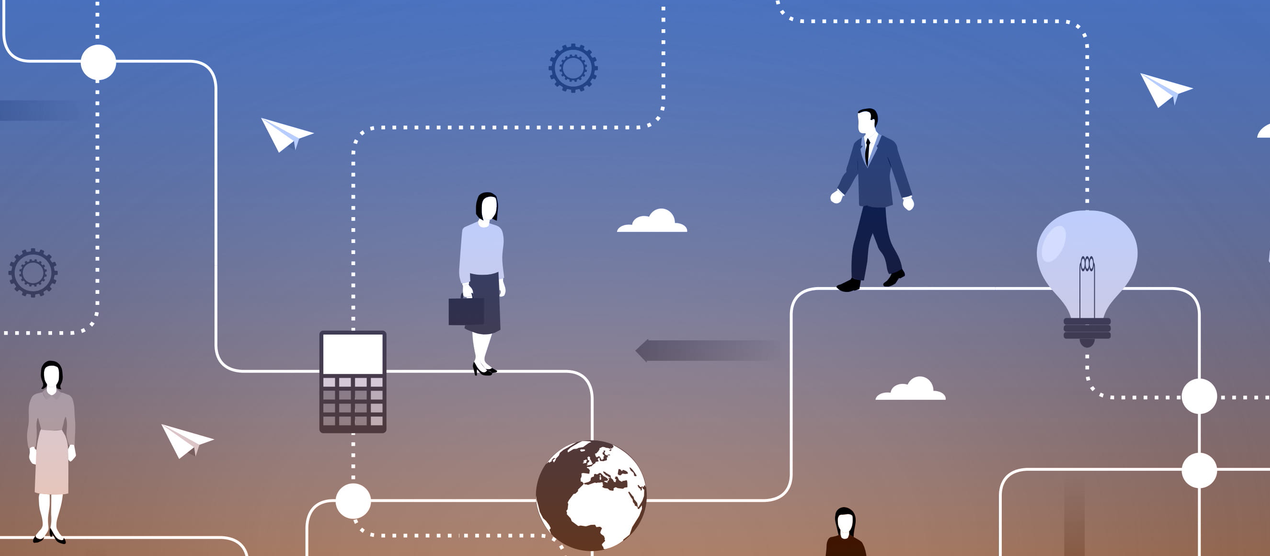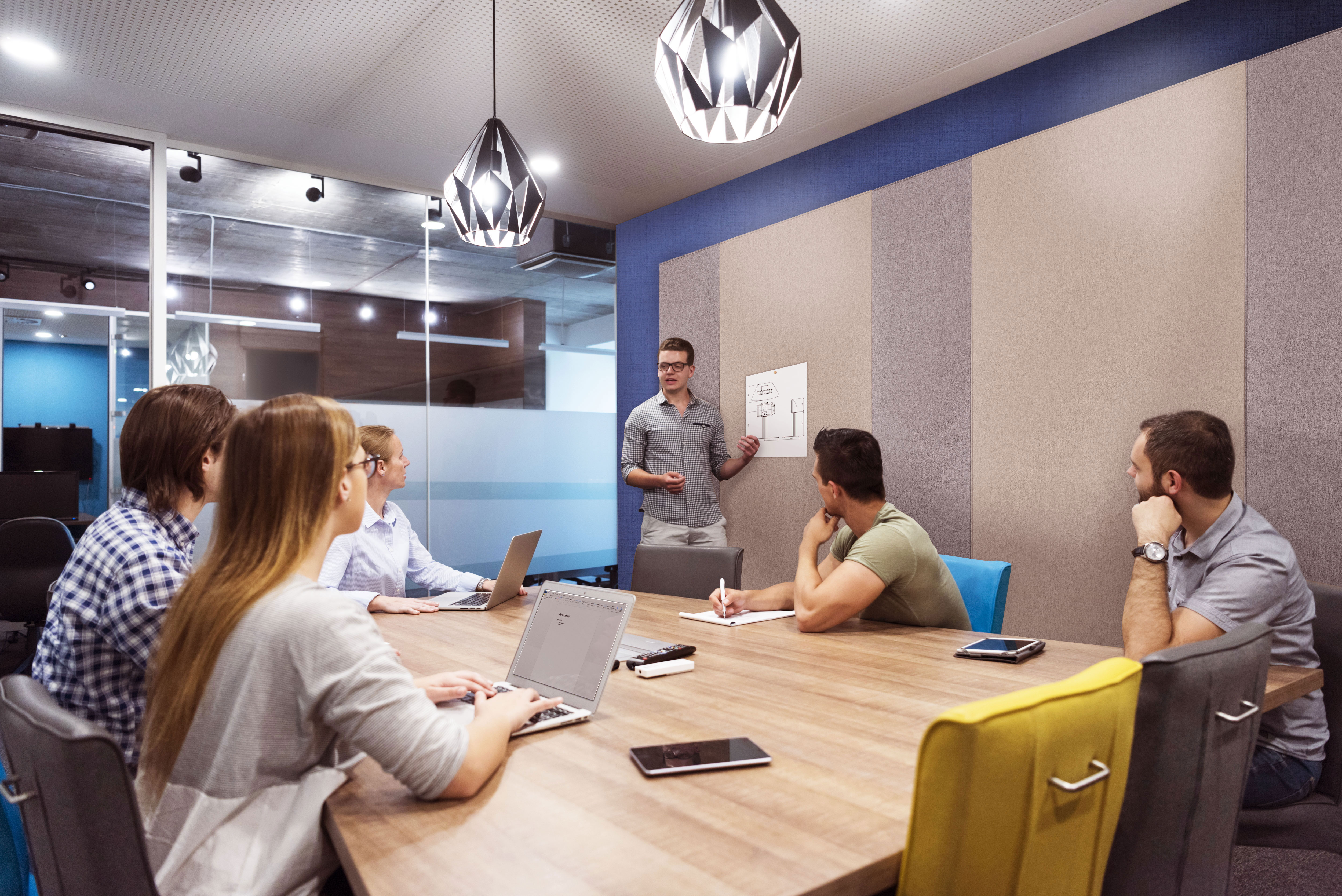
In part 1 of the future office we interviewed specialist Bas Hoorn from Timension. He spoke about a building that is used very efficiently and in which we do cognitively complex work. In its present form, open-plan office plans are quickly getting out of favor; there is a greater need for spaces for occasional meetings and focussed work. Visual communication will play an even more important role in our work. In this second part of the future office, we give you an overview of five trends for the future office:
BYOD is not new, but it is gaining popularity. Just think about how much we do on our smartphones and tablets. These devices give employees the freedom to do their job how they want and where they want. Besides that, it is easier and faster to work on a device you know. That's why the office of the future is also a BYOD-friendly work environment. The AirServer Connect from Legamaster offers the solution.
Smart-tech, smart building, smart office. Everything is smart these days, including the office. From reserving a parking space to guests checking themselves in and optimizing the occupancy rate. With the use of a touchscreen with the Sessions software, for example, the occupancy rate of the meeting rooms can be improved. This, in combination with a Proximity sensor, ensures that you can start immediately when you walk into the meeting room. With a smart building, organisations can make a tremendous efficiency leap. Experience a smart office for yourself and visit, for example, Microsoft's new office "The Outlook" at Schiphol Airport.
Healthy buildings are becoming increasingly important. That is not strange because on average, office staff spend 90% of their time indoors, with the environment having a major impact on their well-being. Sufficient daylight, good air quality and healthy food in the company restaurant contribute to this. A modern office has to score well on all these points, especially when you realize that personnel costs often amount to 90% of all operating costs. The standard for healthy buildings is the WELL Building Standard.

Specialist Bas Hoorn van Timension also predicted it in our previous blog: open-plan offices in their current form are getting out of favor, because employees want to be more flexible in how they do their work. One assignment requires collaboration, the other requires concentration to get the job done (alone). The office of the future therefore has huddle rooms, quiet rooms and networks to work safely from a distance. Spaces for collaboration include whiteboards, flipcharts and interactive screens. Visual communication is part of new forms of collaboration, such as mind mapping and design thinking. It helps enormously to clarify complex processes.
By working more flexibly, companies often need fewer workplaces. In fact, there are already companies that do not own an office building. They make use of so-called co-working spaces: public places where you can work together. Microsoft is taking the lead in this: part of their new office has been set up as a creative meeting place. Sympathetic, efficient and sustainable. Your office is not only a workplace, but also a connector and marketing tool.